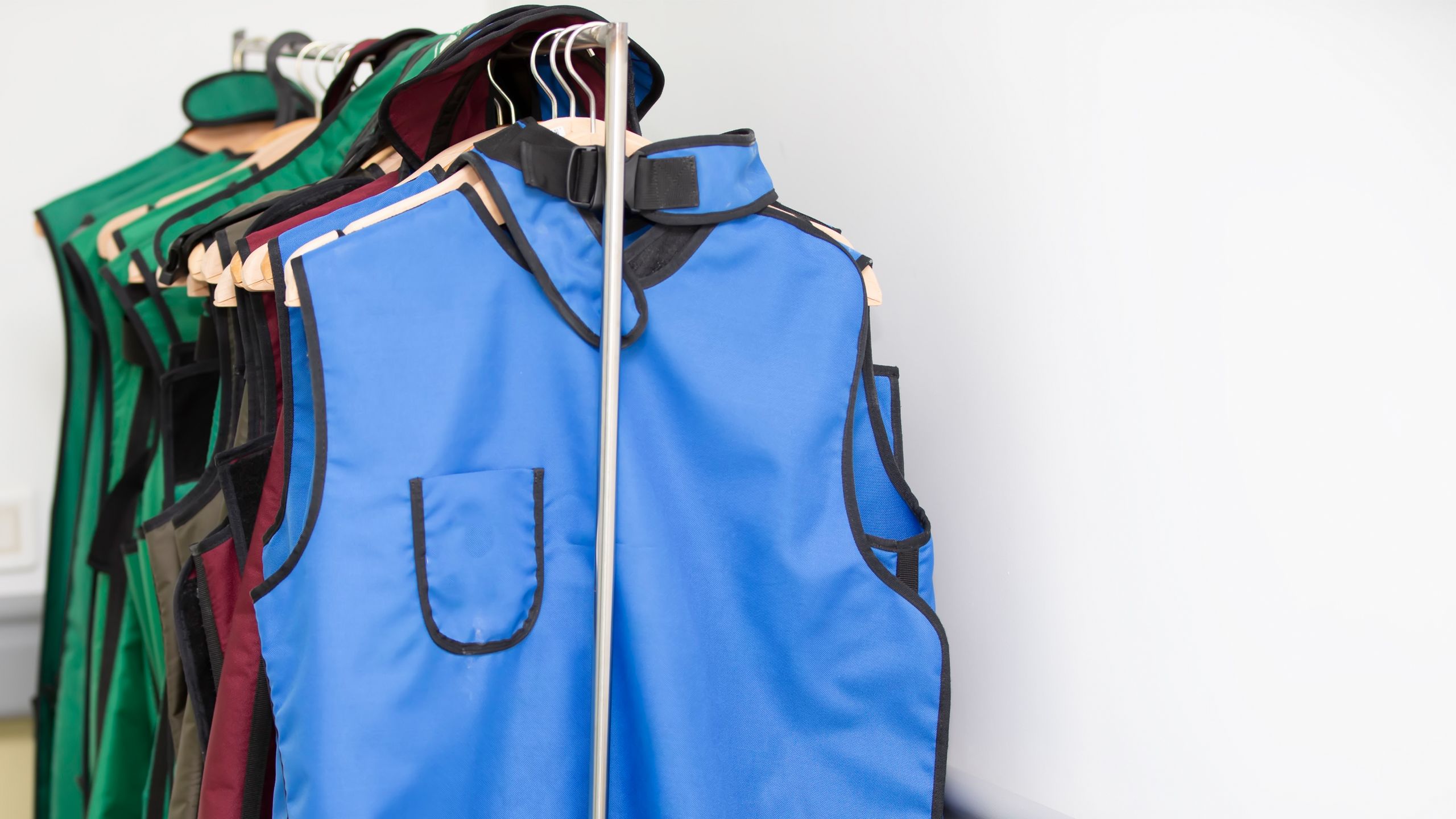The Rising Cost of Lead-Free Aprons
What does it mean for the Future of Radiation Protection?

The Rising Cost of Lead-Free Aprons
What does it mean for the Future of Radiation Protection?

Sponsored article Rothband
As healthcare systems around the world prioritise sustainability and innovation, the demand for lead-free X-ray protection garments has surged. Once seen as a niche alternative, lead-free materials are now widely adopted by hospitals and imaging departments seeking to reduce the weight burden of protective garments. But this shift comes at a cost, literally.
The primary elements used in lead-free shielding, particularly bismuth and antimony, are finite, mined resources now in fierce demand across multiple global industries. From green energy and electronics to military and automotive sectors, these metals are being consumed at unprecedented rates. This heightened demand, combined with fragile supply chains and global export restrictions, has driven prices sharply upward. The result? A significant increase in the cost of manufacturing lead-free aprons, costs that inevitably put pressure on procurement budgets in hospitals and healthcare systems already stretched thin.
For manufacturers like Rothband committed to innovation and sustainability, these economic pressures pose a serious challenge. While lead-free products are a vital part of our future-facing product portfolio, it's important to acknowledge the financial realities. Compared to traditional lead-based materials, lead-free core materials now carry a notable pricing premium, forcing procurement teams to weigh environmental values against rising operational costs.
Another critical point that’s often misunderstood is the relationship between lead-free and weight. Historically, lead-free aprons were associated with being lighter and more comfortable. That perception still persists, but the reality has evolved. Since the introduction of the updated IEC 61331-1:2014 standard, all radiation protection garments, lead or lead-free, must demonstrate consistent attenuation across the full diagnostic energy range, from 50 to 110 kVp (with a 150 kV Option) This requires the use of high atomic number (Z) elements, which inevitably adds mass to any core material, regardless of its composition.
What does this mean for end users? Simply put, today’s lead-free aprons are no longer guaranteed to be significantly lighter than modern lightweight lead options. In fact, when protection levels are equal, the weight difference is often minimal. Yet the perception of "lead-free equals lightweight" continues to shape buying decisions. The world is watching to see if these prices impact this perception.
At Rothband, we believe in clarity, science, and honesty. Our team works closely with clinicians and procurement leaders to explain the real-world performance of each core material, whether lead-free or traditional, so our customers can make fully informed decisions. We’re proud to offer UK-manufactured, high-performance materials that balance durability, comfort, and protection, while actively addressing the challenges posed by global material shortages and sustainability pressures.
Introducing Bilayer Earth: Sustainable Innovation Without Compromise
To help our customers navigate these uncertain times, Rothband has developed Bilayer Earth, a next-generation core material designed to deliver robust radiation protection while counteracting the unprecedented price volatility of traditional lead-free elements.
Bilayer Earth is a lightweight, sustainable alternative that maintains exceptional shielding performance without relying heavily on costly, high-demand metals like bismuth or antimony. Its unique layered matrix is engineered for durability, flexibility, and long-term resilience and uses more regulated metallic elements that are less susceptible to the drastic fluctuations experiences by the lead free elements. Making it ideal for healthcare professionals who need protection they can rely on, day in and day out. At a reasonable price point.
But what truly sets Bilayer Earth apart is its commitment to sustainability. Every apron made with this core material is designed with circularity in mind. It’s fully repairable, recyclable, and forms part of Rothband’s wider zero-landfill initiative, helping healthcare providers meet their environmental targets without sacrificing safety or comfort.
Find out more at: www.rothband.com.
Image credit: Getty Images

